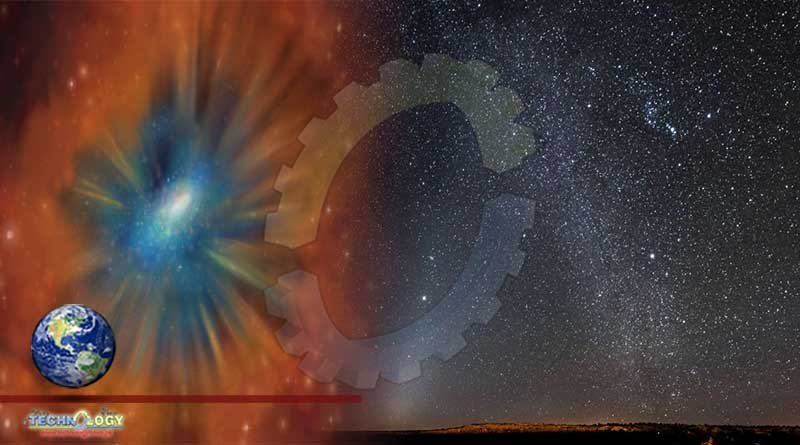The universe may be a little darker after a recent discovery has shown that there could be fewer galaxies populating across the universe.

The universe may be a little darker after a recent discovery has shown that there could be fewer galaxies populating it.
A previous measurement by Hubble Space Telescope suggested there were 2 trillion galaxies spread across the universe. Now, the latest research points to only hundreds of billions of galaxies instead.
After NASA’s New Horizons mission flew by Pluto and the distant object Arrokoth on the edge of our solar system 4 billion miles from Earth in 2015 and 2019, it looked across the vastness of black space.
The New Horizons spacecraft was at such a distance that the sky it surveyed was 10 times darker than the darkest sky observed by Hubble.
Hubble only orbits the Earth from a distance of 340 miles and it has to contend with light pollution from an effect called zodiacal light. Our corner of the solar system is full of dust shed by asteroids and comets and those dust particles reflect sunlight, which creates zodiacal light.
The previous estimate of galaxies was determined by astronomers counting every galaxy visible in Hubble’s deep field and multiplying it based on the total area of the sky.
“Deep field observations are long-lasting observations of a particular region of the sky intended to reveal faint objects by collecting the light from them for an appropriately long time,” according to the European Space Agency’s Hubble site.
Black officer hailed as hero for protecting Capitol during siege remains silent since attack
However, that doesn’t account for distant or faint galaxies that couldn’t be seen.
While space may appear absolutely black in its vast darkness, it’s actually illuminated by the diffuse glow of distant stars and galaxies.
Leaving the illuminated inner solar system is the best way to determine just how many galaxies may exist in the unseen distance — which is exactly what New Horizons did.
New Horizons found that distant galaxies are less plentiful than previously believed because the cosmic glow they cause is so weak.
The study has been accepted for publication in The Astrophysical Journal and was presented Wednesday at the 237th meeting of the American Astronomical Society, which is occurring virtually due to the pandemic.
“It’s an important number to know — how many galaxies are there?” said study coauthor Marc Postman, a distinguished astronomer at the Space Telescope Science Institute in Baltimore, in a statement. “We simply don’t see the light from two trillion galaxies.”
Previously, astronomers believed that 90% of the galaxies in the universe remained hidden from Hubble’s view. But the new calculation is much less.
“Take all the galaxies Hubble can see, double that number, and that’s what we see — but nothing more,” said lead study author Tod Lauer, an astronomer at the National Science Foundation’s National Optical-Infrared Astronomy Research Laboratory, in a statement.
The background glow in the universe, called the cosmic optical background, is the visible light counterpart of the afterglow associated with the Big Bang, which is called the cosmic microwave background.
“While the cosmic microwave background tells us about the first 450,000 years after the big bang, the cosmic optical background tells us something about the sum total of all the stars that have ever formed since then,” Postman said. “It puts a constraint on the total number of galaxies that have been created, and where they might be in time.”
“New Horizons provided us with a vantage point to measure the cosmic optical background better than anyone has been able to do it,” Lauer said.
There is still a sort of leftover glow that remains unaccounted for, which could belong to yet unknown stars or galaxies. The James Webb Space Telescope, scheduled to launch in October, could reveal the source.
Originally published at Daily Sun
